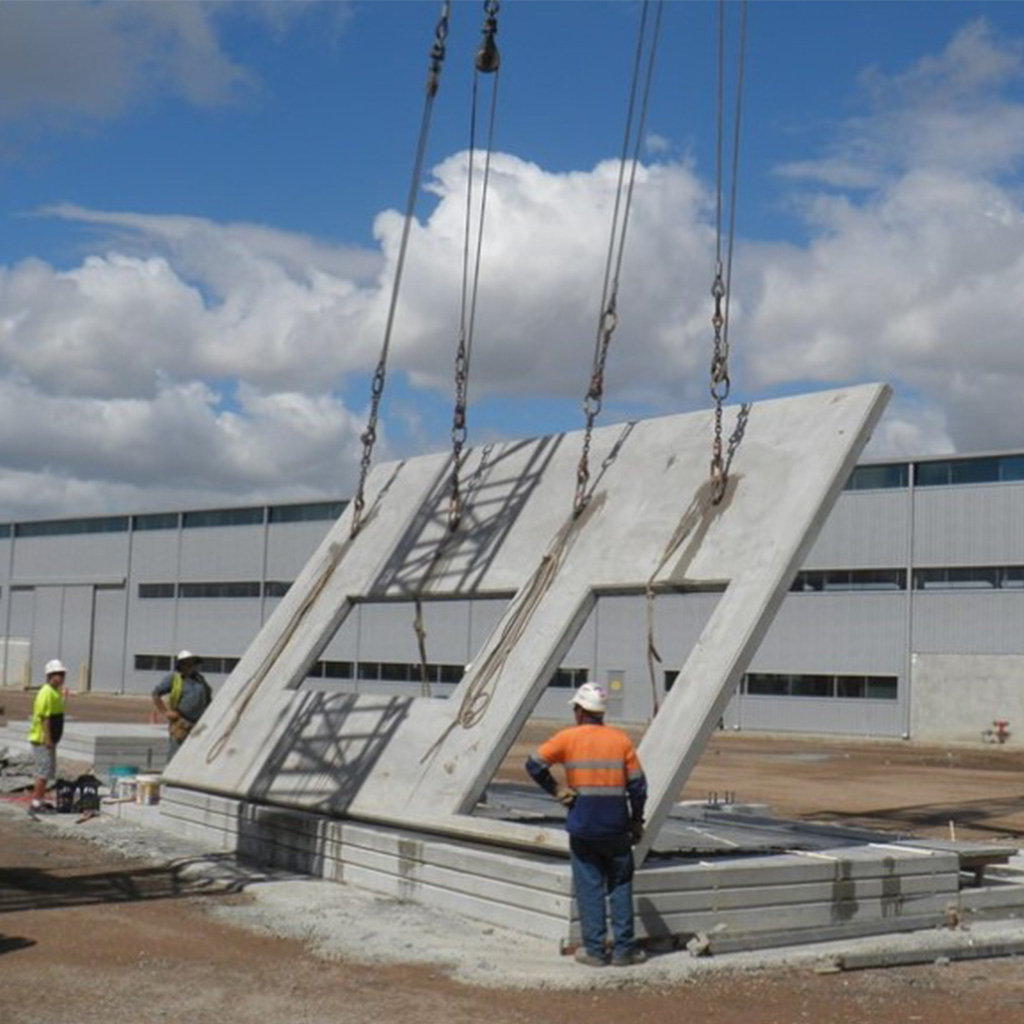Common Issues in Precast Concrete Panels: Causes and Solutions
Introduction:
Precast concrete panels are a popular choice in construction for their durability, versatility, and ease of installation. However, like any building material, precast concrete panels are susceptible to various issues that can affect their performance and longevity. In this blog post, we’ll explore some of the common issues encountered with precast concrete panels, delve into their underlying causes, and discuss effective solutions to address them.

Cracking:
Cracking is one of the most common issues observed in precast concrete panels and can occur due to several reasons, including:
- Shrinkage during curing: Rapid drying of concrete can lead to shrinkage cracks.
- Thermal expansion and contraction: Fluctuations in temperature can cause panels to expand and contract, resulting in hairline cracks.
- Structural overloading: Excessive loads or inadequate support can cause stress-induced cracks. To mitigate cracking, it’s essential to use high-quality concrete mixes, ensure proper curing, provide adequate expansion joints, and avoid overloading the panels. Additionally, sealing cracks with appropriate sealants can prevent moisture ingress and further deterioration.
Spalling:
Spalling refers to the chipping, flaking, or peeling of concrete surfaces and is often caused by:
- Corrosion of embedded reinforcement: Exposure to moisture and chloride ions can lead to corrosion of steel reinforcement, causing the concrete cover to spall.
- Freeze-thaw cycles: In colder climates, repeated freeze-thaw cycles can cause the surface layer of concrete to delaminate and spall.
To prevent spalling, it’s crucial to use corrosion-resistant reinforcement, apply protective coatings or sealants to the surface, and ensure proper drainage to minimize moisture infiltration.
Discoloration:
Discoloration of precast concrete panels can occur due to various factors, including:
- Variation in concrete mix ingredients: Inconsistent mixing or use of different aggregates can result in color variations.
- Improper curing: Inadequate curing methods or insufficient curing time can lead to uneven coloration.
- Surface contaminants: Accumulation of dirt, pollutants, or efflorescence can cause discoloration over time.
To address discoloration issues, it’s essential to maintain consistent mixing practices, implement proper curing techniques, and regularly clean and seal the concrete surface to prevent staining and discoloration.
Conclusion:
While precast concrete panels offer numerous benefits in construction, they are not immune to common issues such as cracking, spalling, and discoloration. By understanding the underlying causes of these problems and implementing effective solutions, construction professionals can ensure the optimal performance and longevity of precast concrete panels in their projects. Through proper material selection, construction practices, and ongoing maintenance, the potential for issues in precast concrete panels can be minimized, resulting in durable and aesthetically pleasing structures for years to come.
Our Services
- Site map
Contact Details
- Phone Number
0428 954 378
- Email Address
ryan@civcompatchandcaulk.com.au
- Location
Sydney, New South Wales, Australia.
© 2024 All rights reserved by Civcom Patch & Caulk | ABN: 15 618 009 162

